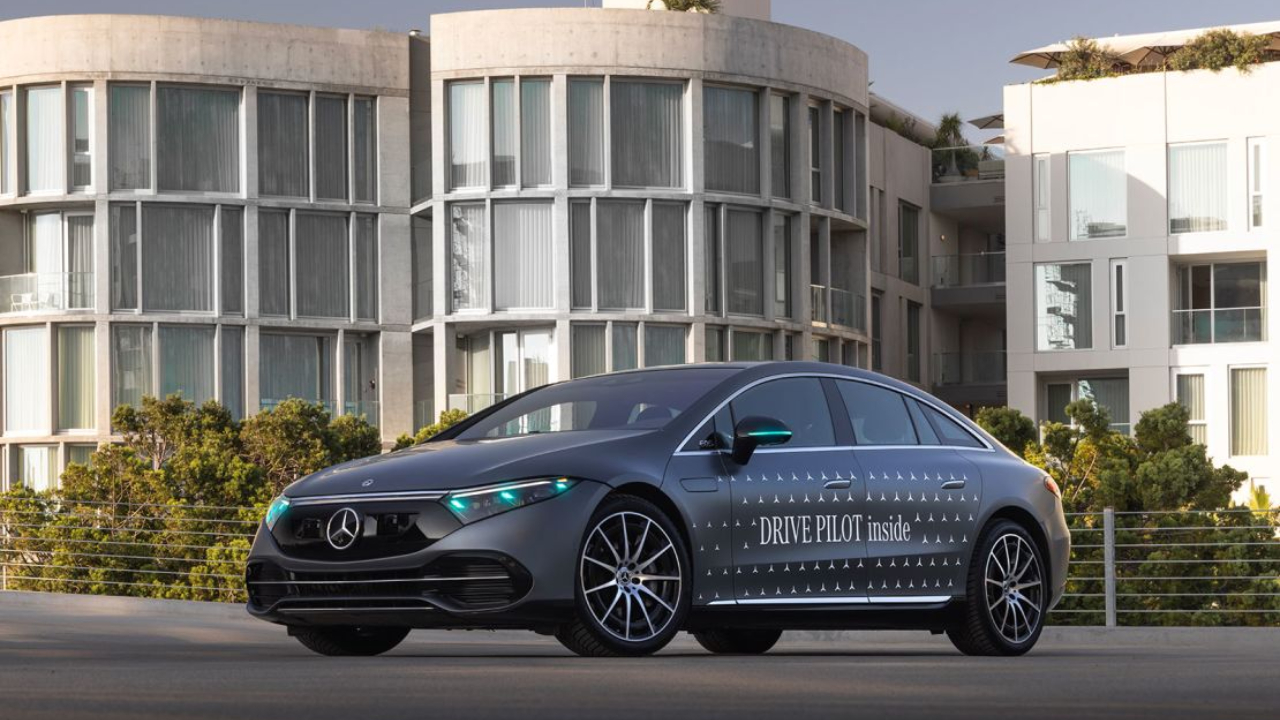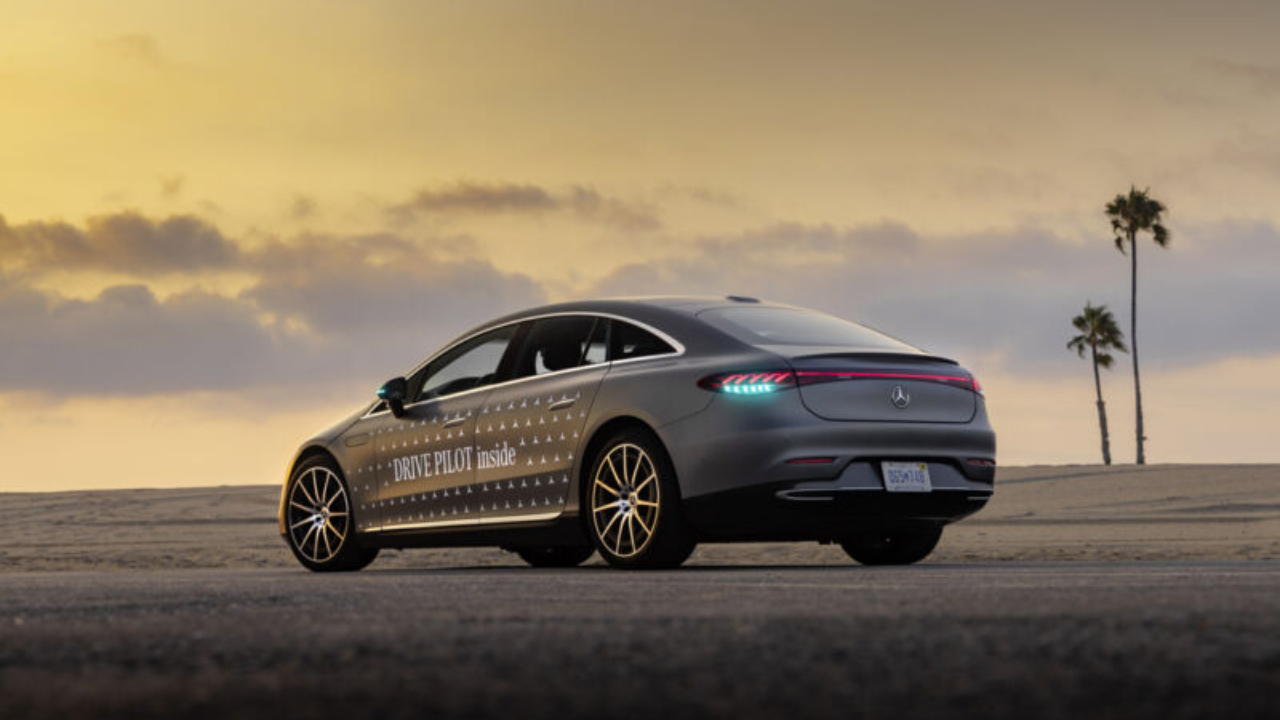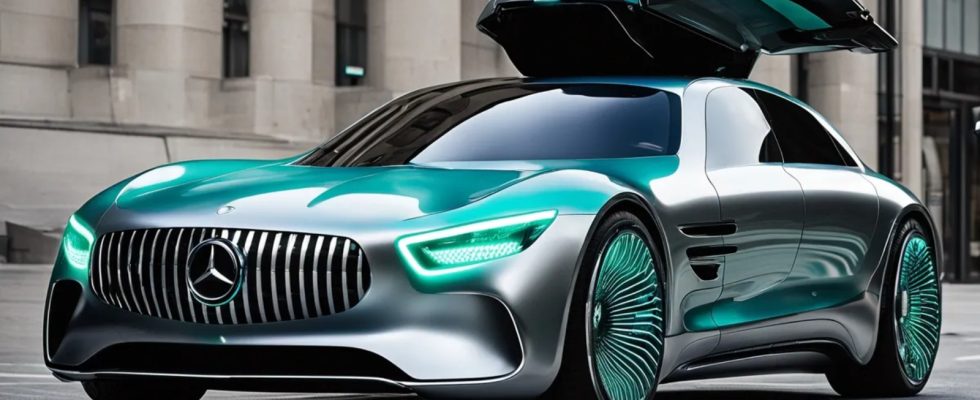Emerging with its innovations in the automobile world Mercedes, is preparing to make another innovation. Officials in California and Nevada give Mercedes-Benz a new the idea of car-to-human communication gave permission to test. This new communication method, tried in a concept Mercedes vehicle, is a turquoise light. So what will it mean when this new turquoise light comes on?
Mercedes wants to formalize turquoise light system
While we’re still some way away from cars that express emotion, other than some of the concepts we’ve seen in the past few years. Mercedes, to indicate that the advanced partially automated driver assistance feature is operating. turquoise beacon lights will use. In other words, when the vehicle signals while driving autonomously, the turquoise light will indicate autonomous driving to other vehicles.

of Mercedes DrivePilot system, according to SAE International’s classification system Level 3 or the system known as conditional automatic driver assistant. This system has a tightly controlled operational design space that allows it to operate on pre-mapped limited access highways.
Drive Pilot allows you to take your hands and eyes off the road. This is just because to 65 km/h It can operate at speeds up to; It is not designed for high speed cruising. The lower speed envelope means there is enough time for Drive Pilot to warn the driver behind the wheel that it is time to think about driving and take control.
As vehicles gain more autonomy in this way, it will be useful to have a way of communicating to other drivers to let them know their intentions. Concept cars have been exploring this idea for a while; We’ve seen demos of cars using their headlights to reflect pedestrian crossings, or using exterior panels to communicate to a cyclist that the car sees them, or simply to convey to anyone nearby.
As is often the case when an idea moves from concept to reality, the result in practice is a little less futuristic. Mercedes says it chose turquoise for the marker lamps in the headlight and tail light clusters, as well as the side mirror, because the color is sufficiently different from other colored lights road users may encounter while driving; After research, it was decided that the most suitable color was turquoise.


The automotive industry has not formally adopted color as a way to indicate that a car is driving autonomously. But it is defined in a practice recommended by the SAE industry. Mercedes says it is committed to standardizing color to indicate that a car is operating in autonomous mode.
California initially allowed Mercedes to use the turquoise lights on its fleet of test vehicles for the next two years. Besides, Nevada allowed the automaker to add them to vehicles starting with the 2026 model year for the EQS and S-Class sedans.
So what do you think about this issue? You can share your thoughts with us in the comments section.

